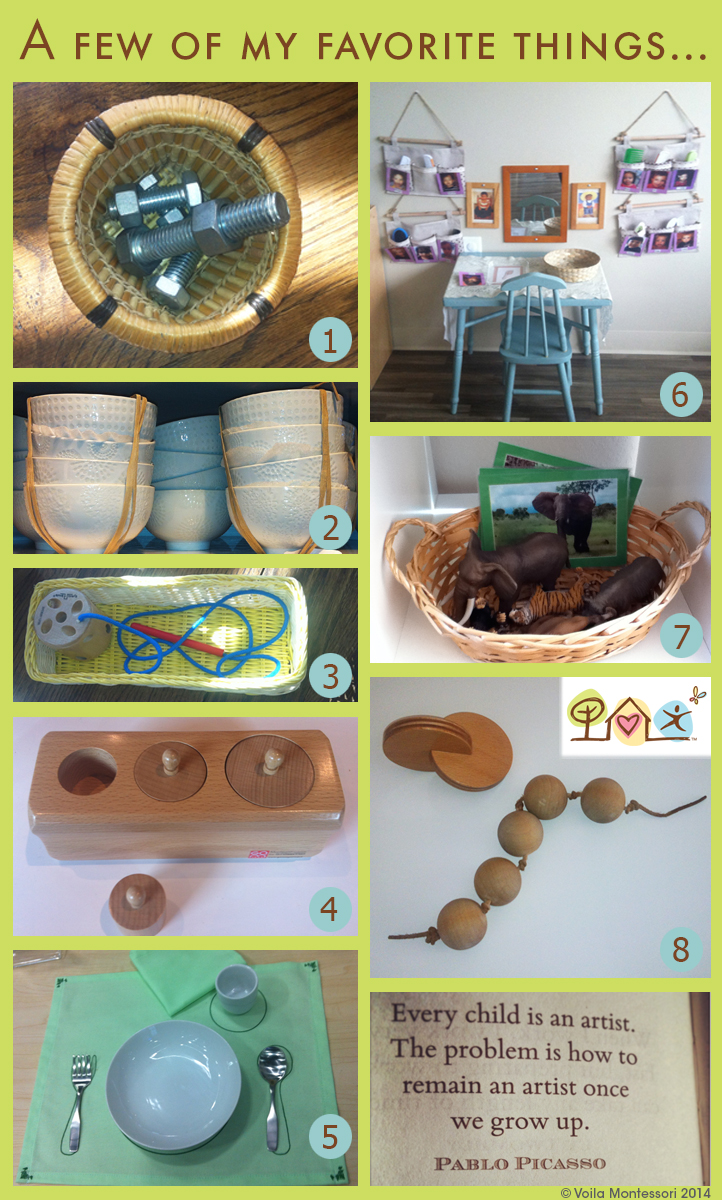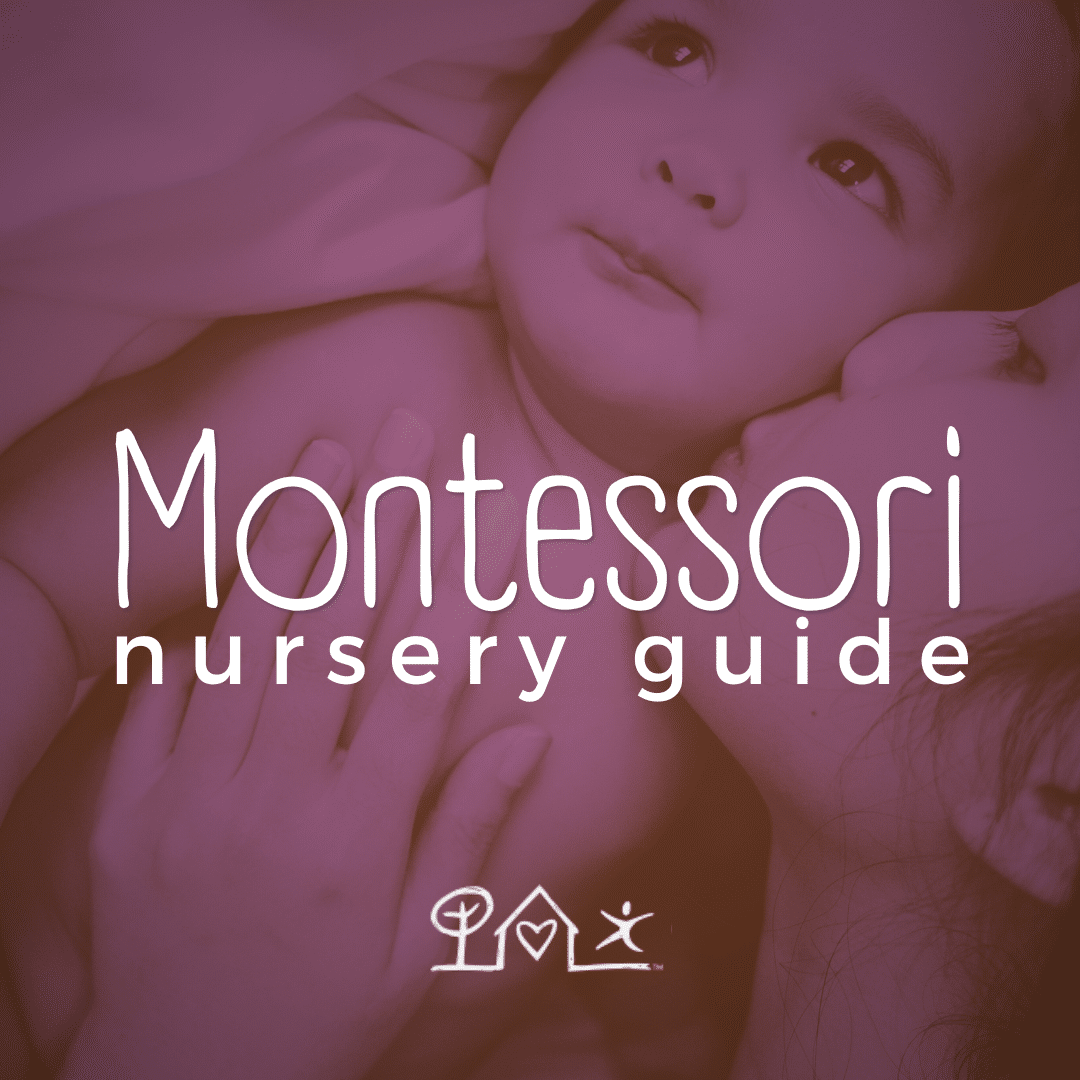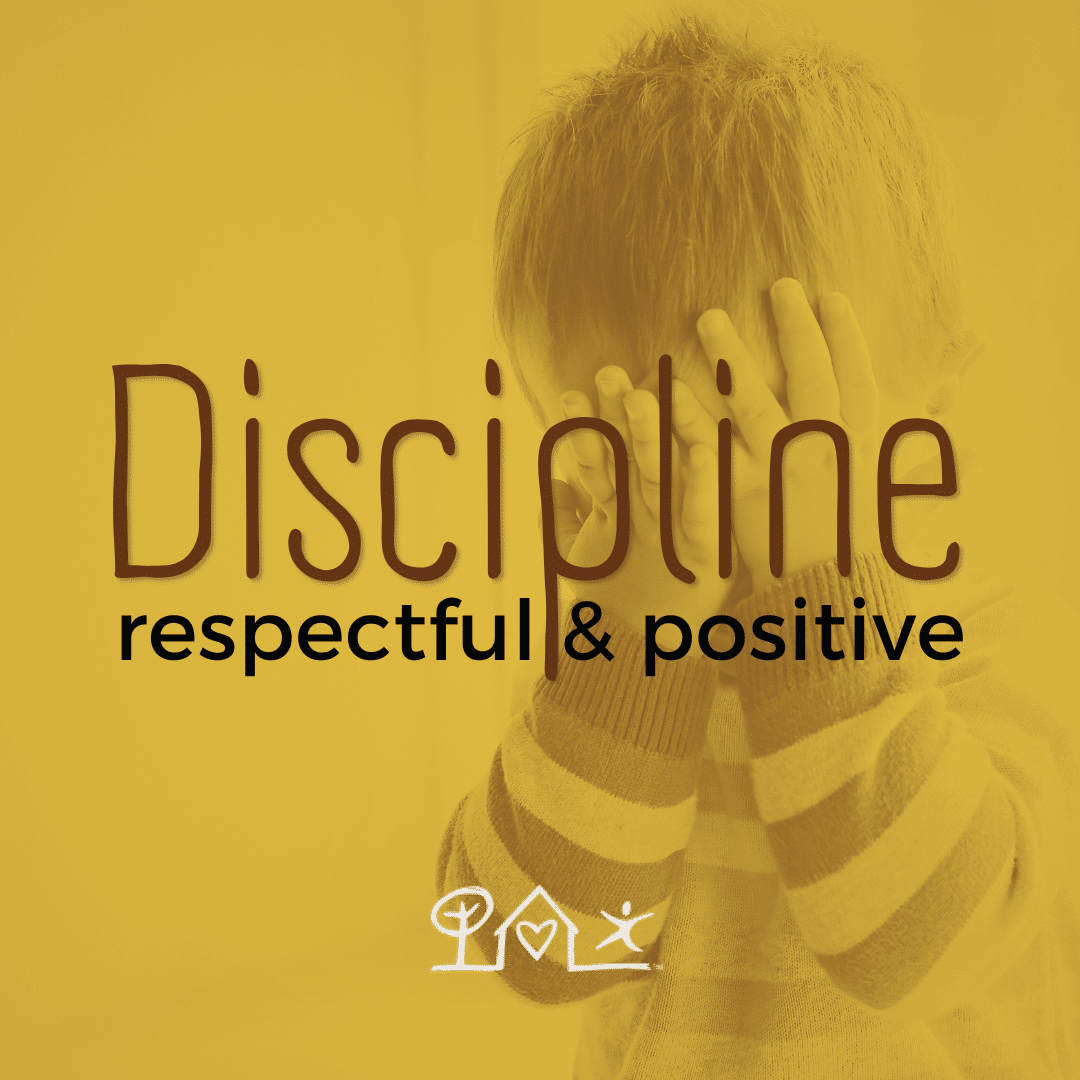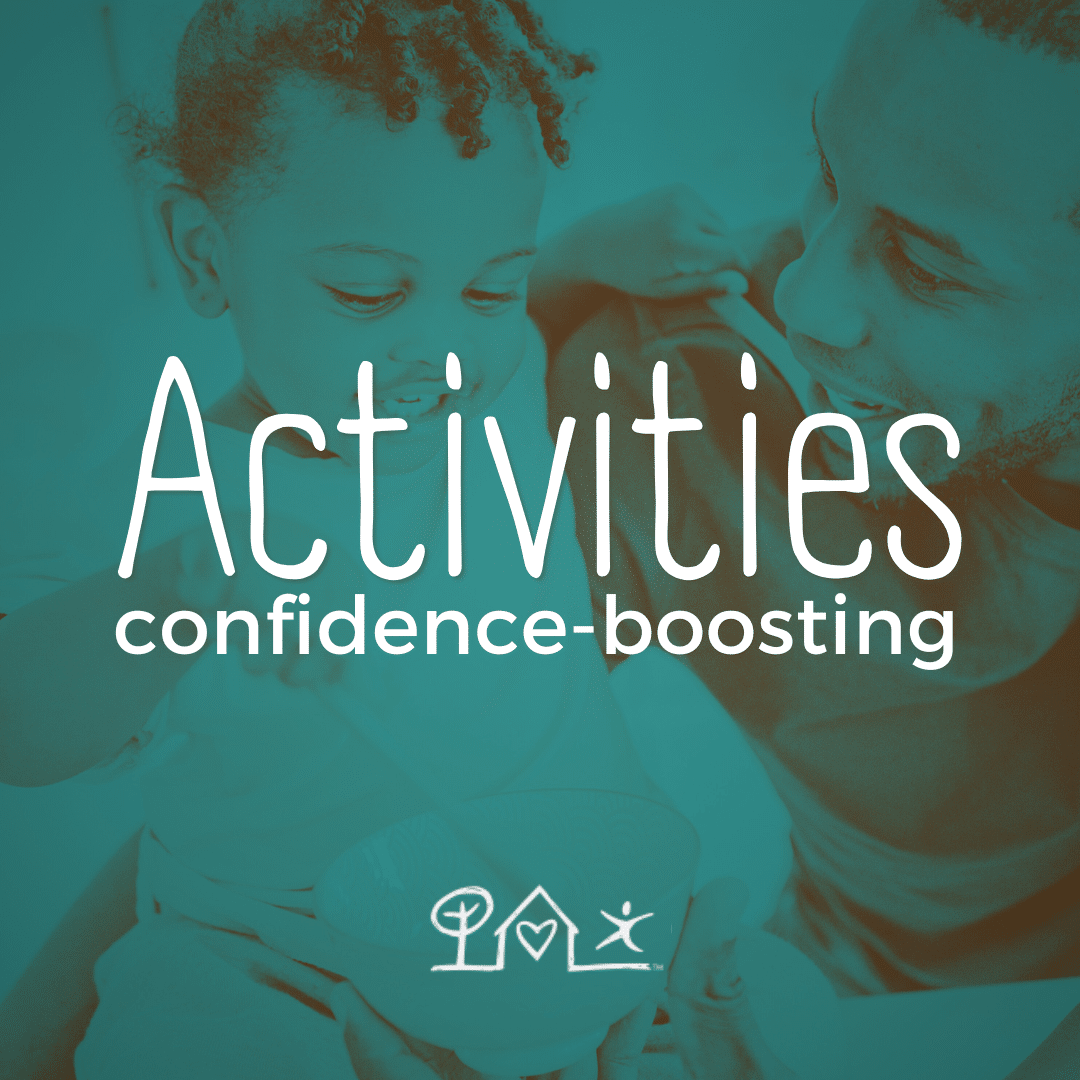What is it, why do I like them and when* are they appropriate for children?
- Four nuts and bolts of different sizes bought at a local hardware store, placed in a small basket. Used to refine fine-motor skills and eye hand coordination. 24 mos. +
- Beautiful porcelain bowls seen at a local store, good for transferring activities or eating. Beauty attracts and encourages work, do not be afraid to give delicate fragile objects to your children, they will learn to care for them. From birth on, which helps avoid the use of plastics from the start.
- A stitching block, bought on line, wonderful preliminary exercise for any sewing activities. 24 mos. +
- Three cylinder blocks as seen at the 2014 International Montessori Congress in Portland. These are preliminaries often used in the Infant Community; later in the Primary environment the child will have a variety of cylinder blocks with different sizes. This material is used to refine the visual sense and the discrimination of size. From 9 mos. +
- A placemat for infant or toddler as seen at the 2014 International Montessori Congress in Portland. This gives the child a formal and beautiful sense of table setting that also helps with his sensitivity to order. 7 mos. +
- A personal care area in an Infant Community. This gives the child the opportunity to learn how to care for her grooming needs, for hygiene purpose the children’s belongings are labeled with a photo for them to be independent. 12 mos. +
- A basket with very realistic looking animals with matching cards of the animal in its natural environment. These are used in the progression of language development. 18 mos. +
- Grasping beads made with five wooden spheres and a leather string. The interlocking circles are made of two wooden discs. These are simple natural tactile toys used for the development of the child’s hands as well as eye hand coordination. 3 mos. +
*The appropriate age will depend on the child’s individual development and abilities as well as interest. These are all approximate ages; it is essential to follow your child’s needs by learning to observe them.







